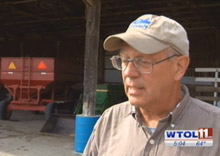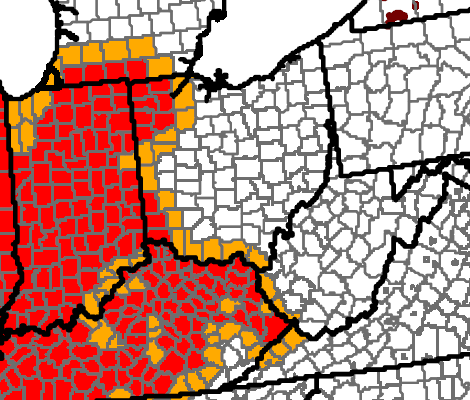Some states had requested loosening in wake of drought
You may recall that during the height of the summer drought season, some states had requested that the U.S. Environmental Protection Agency temporarily loosen the renewable fuel standard affecting gasoline. States argued that looser standards would help alleviate expected price pressure on corn due to the drought. Here’s what the EPA said in a press release today:
The U.S. Environmental Protection Agency (EPA) today announced that the agency has not found evidence to support a finding of severe “economic harm” that would warrant granting a waiver of the Renewable Fuels Standard (RFS). The decision is based on economic analyses and modeling done in conjunction with the U.S. Department of Agriculture (USDA) and U.S. Department of Energy (DOE).
“We recognize that this year’s drought has created hardship in some sectors of the economy, particularly for livestock producers,” said Gina McCarthy, assistant administrator for EPA’s Office of Air and Radiation. “But our extensive analysis makes clear that Congressional requirements for a waiver have not been met and that waiving the RFS will have little, if any, impact.”
To support the waiver decision, EPA conducted several economic analyses. Economic analyses of impacts in the agricultural sector, conducted with USDA, showed that on average waiving the mandate would only reduce corn prices by approximately one percent. Economic analyses of impacts in the energy sector, conducted with DOE, showed that waiving the mandate would not impact household energy costs.
EPA found that the evidence and information failed to support a determination that implementation of the RFS mandate during the 2012-2013 time period would severely harm the economy of a State, a region, or the United States, the standard established by Congress in the Energy Policy Act of 2005 (EPAct).
EPAct required EPA to implement a renewable fuels standard to ensure that transportation fuel sold in the United States contains a minimum volume of renewable fuel. A waiver of the mandate requires EPA, working with USDA and DOE, to make a finding of “severe economic harm” from the RFS mandate itself.






